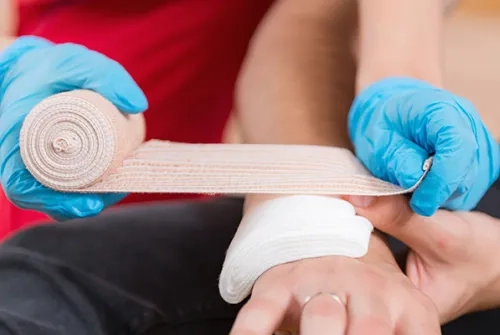Alo Yeditepe
Alo Yeditepe
Snake Bites
Along with the weather getting hot, we started to hear the news of snakes entering our houses or coming across us on the street in the garden. Are there too many poisonous snakes in our country? Are all snake bites poisonous and do poisonous snakes kill? Will the snake bite us if we do not touch it? Yeditepe University Hospitals Emergency Medicine Specialist Asst. Prof. Dr. Ü. Mustafa Ferudun Çelikmen explains.
Snakes are extremely useful creatures that control the populations of rodents that damage crops in nature. Increasing human urbanization towards nature and wildlife also increased the likelihood of conflict with these creatures. Most of the snakes in our country are non-poisonous, and there are about 10 poisonous vipers and 1 cobra species (around Urfa, Southeast Anatolia). None of these species will bite people who are not in the food chain for no reason. It usually bites when it perceives threats, especially when it is pressed close to the foot, or when the nuts, corn, etc. (especially in the Eastern Black Sea region) that the mice in the food chain go after are inserted into their sacks.
Two toxic teeth marks are typical. In non-poisonous snake bites, double-rowed scars are seen. Poisonous snakes are distinguished by the difference in their triangular heads and patterns.
When a bite occurs, wrong practices such as sucking, cutting, and etching with fire should be avoided, and if possible, it should be tried to take a photo of the snake without escaping with the mobile phone, which is available to almost everyone. This is very useful in determining the type and amount of serpent serum to be given later, as well as the species separation of the snake. As with all wild animal bites, it is useful to wash the bite site with soap without rubbing.
Snakes usually inject a small amount of the poison they inject with their bites in order to paralyze and digest creatures such as mice in food chains, also in conflicts with humans. Apart from anaphylaxis (excessive allergic reaction), the initial very exaggerated appearance often regresses with supportive treatment in health institutions.
In bite cases, the bitten area should be kept below the heart level to prevent the spread of poison, avoid moving, stroking, and transported to the nearest health institution.
Snakes tend to slip away from the environment in the presence of humans. Chasing the snake or trying to kill it is wrong. In order to avoid conflict with snakes, creating a stick-like vibration with walking sticks on the ground, and hitting the ground with hard steps in areas that may be the living space of snakes, actually prevents us from encountering very useful animals. In our country, there are multiple (polyvalent) sera of snakes, and they are administered under the control of a doctor.
About
Faculty and Year of Graduation:
Ankara University Medical Faculty, 1988
”
See Also
Alo Yeditepe








